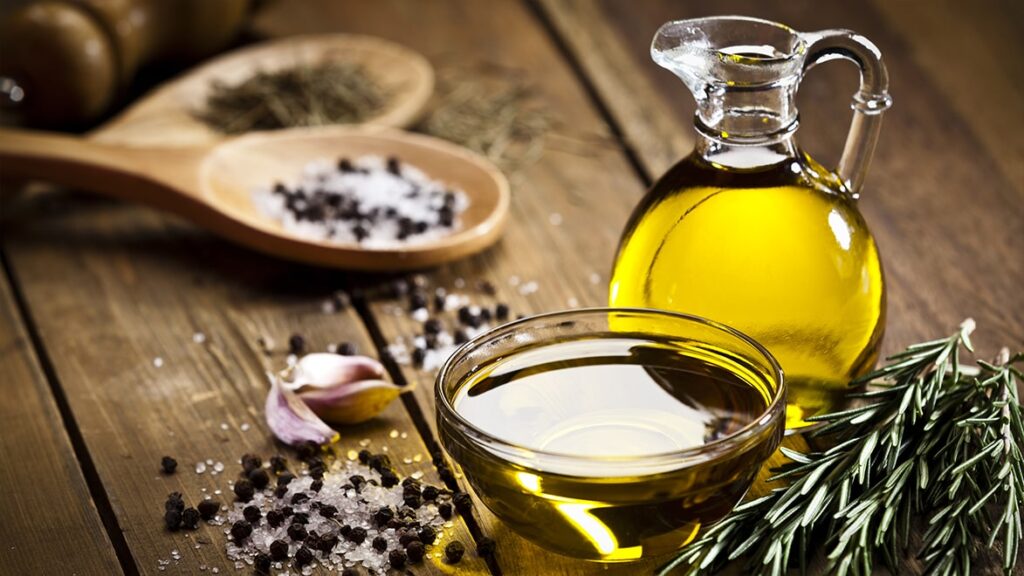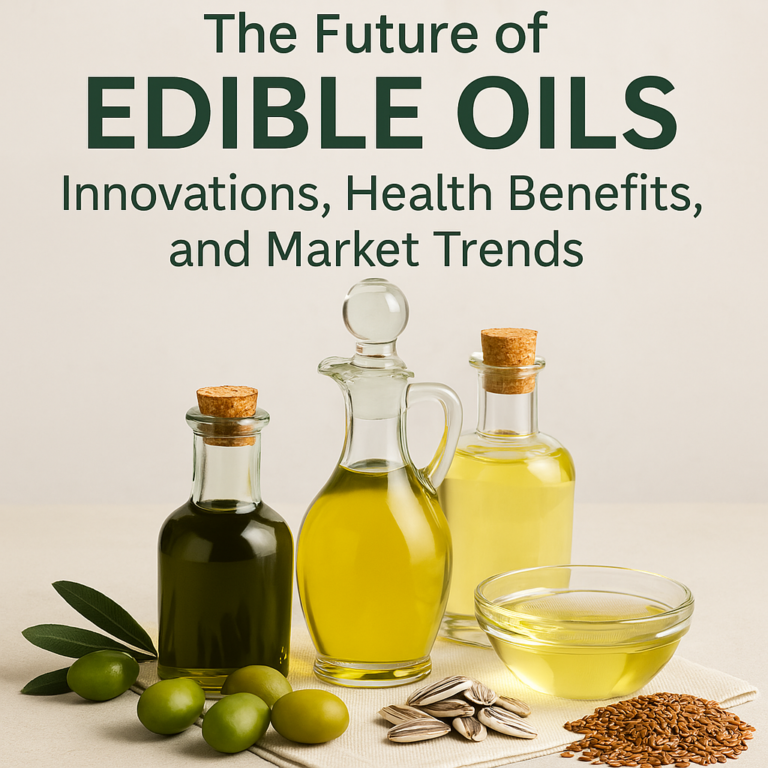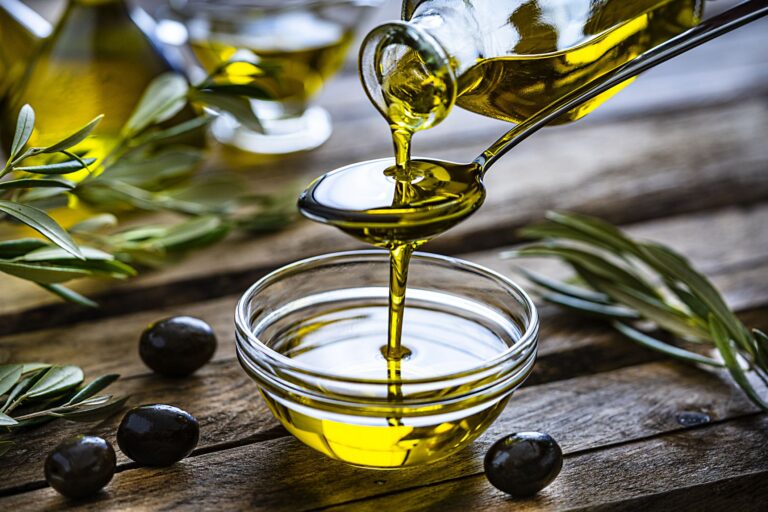
Cooking with edible oils has been an integral part of human history, shaping culinary practices and dietary habits across cultures. The journey of edible oils is not just about cooking; it intertwines with the evolution of agriculture, trade, and technology. This article delves into the origins of cooking with edible oils, the alternatives used before their advent, and how they have evolved to become a cornerstone of global cuisines.
The Origins of Cooking with Edible Oils
The use of edible oils dates back thousands of years, with evidence suggesting that ancient civilizations recognized their nutritional value and culinary potential.
1. Early Evidence in Ancient Civilizations
- Mesopotamia (c. 3000 BCE): Archaeological findings indicate that sesame seeds were pressed for oil in Mesopotamian societies. Sesame oil was valued for its culinary and medicinal properties.
- Egypt (c. 2000 BCE): Egyptians used olive oil extensively, not only for cooking but also for religious rituals, cosmetics, and as a fuel for lamps.
- India and China (c. 1500 BCE): Early records show the use of mustard and peanut oils in Indian and Chinese cuisines. These oils were derived through simple extraction techniques.
2. The Role of Trade
The growth of trade routes, such as the Silk Road, facilitated the spread of oil production techniques and raw materials. Olive oil, for example, became a prized commodity in the Mediterranean and beyond, reaching Europe, Asia, and North Africa.
What Came Before Edible Oils?
Before edible oils became widespread, people relied on various fats and cooking techniques to prepare food. These alternatives varied across regions based on available resources and culinary traditions.
1. Animal Fats
- Butter: Derived from the milk of cows, goats, and sheep, butter was a primary fat in many ancient cultures. It was especially popular in colder climates where livestock rearing was common.
- Lard: Rendered fat from pigs, lard was widely used in Europe and parts of Asia. It provided a rich flavor and was a staple in traditional dishes.
- Tallow: Made from beef or mutton fat, tallow was used in cooking and as a base for candles and soaps.
2. Plant-Based Alternatives
- Nuts and Seeds: Ground nuts and seeds, such as walnuts and sunflower seeds, were used as pastes or spreads in cooking.
- Avocado and Coconut Flesh: In tropical regions, the fleshy parts of avocados and coconuts served as a source of natural fats.
3. Cooking Techniques Without Fats
- Boiling and Steaming: These methods required minimal or no fats, relying on water and heat to cook food.
- Roasting: Direct exposure to fire or hot surfaces was another fat-free cooking technique, especially for meats.
The Evolution of Edible Oils
The methods and types of edible oils have evolved significantly over time, driven by technological advancements and cultural influences.
1. Traditional Extraction Methods
- Cold Pressing: Ancient methods involved crushing seeds and fruits manually or with simple machines to extract oil.
- Stone Mills: Used extensively in olive oil production, stone mills crushed olives to release their precious oil.
- Animal-Driven Presses: Larger scale oil extraction employed animal-driven presses to increase efficiency.
2. Modern Industrial Processes
- Refining: Modern refining techniques remove impurities, ensuring that edible oils are safe for consumption and have a longer shelf life.
- Hydrogenation: A process used to create solid fats like margarine, hydrogenation altered the texture and usability of edible oils.
3. Diversity in Edible Oils
- Vegetable Oils: Sunflower, canola, soybean, and corn oils are now staples in global cooking.
- Specialty Oils: Oils like flaxseed, walnut, and avocado cater to niche markets focused on health and gourmet cooking.
- Blended Oils: Combining different oils provides a balance of flavor and nutritional benefits.
Cultural and Culinary Impact of Edible Oils
Edible oils have shaped cuisines and culinary practices worldwide, becoming essential in cooking, baking, frying, and even raw preparations.
1. Regional Specialties
- Mediterranean Cuisine: Olive oil is central to Mediterranean dishes, from salads to sautéed vegetables.
- Asian Cooking: Sesame, peanut, and coconut oils are indispensable in stir-fries, curries, and marinades.
- Western Baking: Vegetable oils like canola are common in cakes, bread, and pastries.
2. Health and Nutrition
Edible oils are a source of essential fatty acids, vitamins, and energy. However, the choice of oil can significantly impact health.
- Healthy Options: Olive, avocado, and flaxseed oils are rich in unsaturated fats, promoting heart health.
- Trans Fats: Partially hydrogenated oils, once popular, have been linked to health risks and are being phased out globally.
The Future of Edible Oils
As the world becomes more health-conscious and environmentally aware, the edible oil industry is adapting to meet changing demands.
1. Sustainable Production
- Eco-Friendly Practices: Reducing deforestation and promoting sustainable farming practices for crops like palm oil.
- Recycled Oils: Innovative processes to recycle used cooking oils into biodiesel and other products.
2. Health Innovations
- Fortified Oils: Adding vitamins and nutrients to edible oils to address nutritional deficiencies.
- Low-Fat Alternatives: Research into oils with reduced fat content for health-conscious consumers.
3. Technological Advancements
- AI and Automation: Enhancing extraction efficiency and quality control.
- Bioengineered Crops: Developing oil-rich crops with higher yields and better environmental resilience.
Conclusion
Cooking with edible oils has a rich history, evolving from simple extraction methods in ancient civilizations to the advanced processes we see today. Before edible oils, animal fats, plant-based alternatives, and fat-free cooking techniques dominated kitchens. Over time, edible oils have transformed culinary practices, enriching cuisines and addressing nutritional needs.
As we look to the future, sustainable production, health-focused innovations, and technological advancements will continue to shape the edible oil industry. Understanding its origins and evolution helps us appreciate the profound impact edible oils have had—and will continue to have—on our lives and diets. To dive deeper into the significance of edible oils, check out our earlier blog: What Is Edible Oil and Why Is It Important to Understand Its Meaning?.



